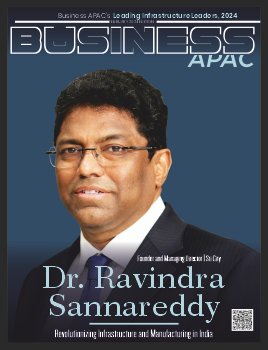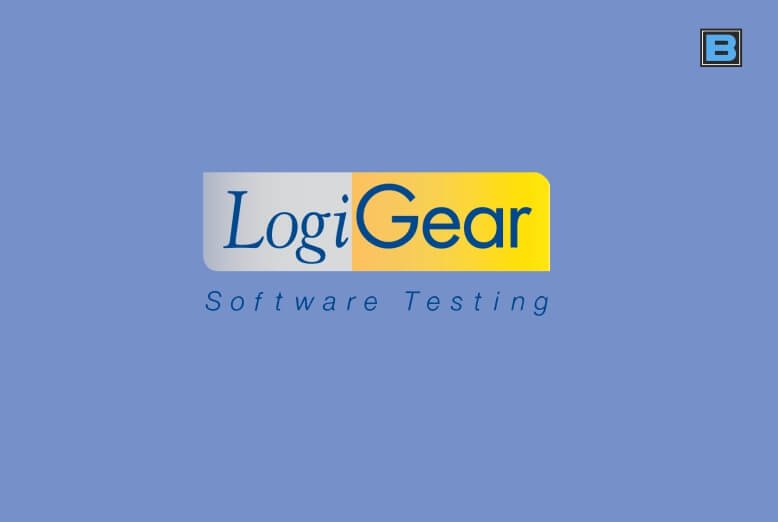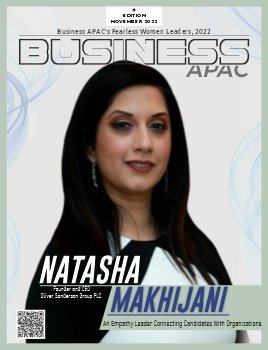Do you know how much does it cost for talent management?
It is a costly process of onboarding a new employee. Further it takes a relevant time for the new joinee to get used to the company system and deliver the results. It will be easy for an experienced candidate to learn and adapt to the process. However, in case of a fresher, the required tenure can mount to twice or thrice the experienced candidate.
Hence, talent management (termed as human resource (HR) management or personnel management) is a critical process for managers or employers. But, we have curated the essential guidelines and steps for emery employer to retain and effectively manage their talented employees.
In this blog you will get to know about:
- What is Talent management?
- Why is it important? How Does it benefit?
- Step-byStep Guide
- Tailored Approach
- Leveraging Technology
- Conclusion
- FAQs
What is Talent Management?
The business landscape is constantly evolving. New technologies emerge, customer demands shift, and competition intensifies. In this dynamic environment, a company’s greatest asset isn’t its machinery or software – it’s its people.
That’s where talent management comes in. Effectively managing talent is the strategic process of attracting, developing, and retaining top talent. It’s a continuous tightrope walk, ensuring you have the “right people in the right roles at the right time.”
Why is Talent Management Important? How Does it Benefit?
In today’s knowledge economy, skilled employees are a differentiating factor. Strong personnel management practices lead to a more engaged and productive workforce. Engaged employees are more likely to go the extra mile, innovate, and contribute to the company’s success.
Additionally, effective talent management helps reduce costly employee turnover. Replacing a skilled employee can be expensive, and onboarding new hires takes time and resources.
Investing in human resource management isn’t just about avoiding problems – it’s about unlocking immense potential. Here are some key benefits:
- Improved Performance: A well-managed talent pool with the right skills and motivation leads to increased productivity and efficiency.
- Reduced Turnover: By fostering a positive work environment and providing growth opportunities, you can retain your top performers.
- Enhanced Innovation: Engaged employees are more likely to think outside the box and come up with creative solutions.
- Improved Customer Satisfaction: When employees feel valued and empowered, they are more likely to go the extra mile to deliver exceptional customer service.
- Stronger Employer Brand: A reputation for attracting and developing top talent makes your organization a more attractive place to work, giving you a competitive edge in the talent market. Hence, it makes recruitment easier and more cost-effective.
- Increased Adaptability: In today’s rapidly changing business environment, organizations need to be adaptable. By investing in talent management, you can ensure your workforce has the skills and agility to thrive in the face of change.
Talent management encompasses a wide range of activities across the entire employee lifecycle. It all starts with strategic workforce planning, which involves identifying your current and future talent needs. Once you know what skills and experience you need, you can focus on attracting the right talent through effective recruitment and onboarding processes.
A Step-by-Step Process for Talent Upholding

Every employer or ethical leader must have continuous guiding principles. Because talent management is an ongoing, cyclical process that can be broken down into key stages:
Step 1 – Strategic Workforce Planning
This stage involves analyzing your current and future talent needs. What skills will be critical for your success in the coming years? Consider factors such as your organization’s strategic goals, industry trends, and technological advancements. Conducting a skills gap analysis can help you identify any discrepancies between the skills your employees currently possess and the skills you will need in the future.
Step 2 – Recruitment & Onboarding
Once you understand your talent needs, you can develop targeted recruitment strategies to attract qualified candidates. This may involve leveraging online job boards, employee referral programs, and attending industry events. The onboarding process is crucial for integrating new hires into your organization and setting them up for success. Effective onboarding should provide new employees with the information, resources, and support they need to feel welcome, informed, and productive in their new roles.
Step 3 – Training & Development
Investing in your employees’ skills and knowledge is essential for ensuring they have the capabilities to perform their jobs effectively and contribute to your organization’s goals. Training programs can take many forms, such as classroom training, online courses, mentoring programs, and on-the-job training. When developing training programs, consider the specific needs of your employees and the skills gaps you identified in the strategic workforce planning stage.
Step 4 – Performance Management
Personnel management is an ongoing process that involves setting clear goals and expectations for employees, providing regular feedback, and evaluating their performance. Regular performance conversations help employees understand how their work contributes to the organization’s goals and identify areas for improvement. Effective performance management can also motivate employees and boost their engagement.
Step 5 – Retention Strategies
Retaining your top talent is essential for maximizing your return on investment in talent management. Here are some strategies to keep your employees engaged and satisfied:
- Provide opportunities for career development: Employees want to feel like they have opportunities to grow and learn within their roles. Therefore, offer them opportunities to take on new challenges, participate in special projects, and attend industry conferences.
- Recognize and reward employees for their contributions: Let your employees know that their hard work is appreciated. This can be done through formal recognition programs, bonus structures, or simply by expressing gratitude verbally.
- Create a positive work environment: A positive work environment is one that is respectful, collaborative, and supportive. Thus, employees who feel valued and appreciated are more likely to be engaged and productive.
- Offer competitive compensation and benefits: Competitive compensation and benefits packages are important for attracting and retaining top talent. Regularly review your compensation and benefits offerings to ensure they remain competitive in the market.
Building A Tailored Approach to Maintain Talented Brains
There’s no one-size-fits-all approach to managing talent. The best strategy will be unique to your organization’s specific context, which includes its size, industry, culture, and workforce demographics.
- Industry: The specific skills and expertise required in your industry should guide your talent management strategy. For example, a tech company will need to focus on attracting and retaining employees with strong technical skills and experience in areas like software development (remote development teams), data science, and cybersecurity. A healthcare organization, on the other hand, will need to prioritize candidates with medical expertise and experience in areas like nursing, medical coding, and patient care.
- Company Size: Smaller companies might have a more informal approach to talent management, relying on personal relationships and mentorship to develop their employees. Larger organizations might benefit from more structured processes, such as using talent management software to track employee performance and identify skills gaps.
- Employee Demographics: Understanding your workforce demographics (age, skills, career aspirations) will help you tailor your talent management strategy to address their specific needs and preferences. For example, millennials and Gen Z employees may place a high value on work-life balance and professional development opportunities. On the other hand, baby boomers may be nearing retirement and may be interested in opportunities for knowledge transfer and mentorship.
However, there are certain common points for all industries that encourage employees, group term life insurance. It is becoming a necessity to include it in every salary deduction to cover sudden losses. This helps companies maintain a caring image amongst employees.
Technology and Personnel Management: Leveraging Tools for Success
Talent management software and tools can streamline processes, automate tasks, and provide valuable data insights to empower data-driven decision-making throughout the talent management lifecycle. Here are some examples of how its software can be leveraged:
- Attracting Candidates: Applicant tracking systems (ATS) can help you manage the entire recruitment process, from posting jobs and screening resumes to scheduling interviews. These systems can also integrate with online job boards to expand your reach and attract a wider pool of qualified candidates.
- Managing the Onboarding Process: Onboarding software can streamline the process of integrating new hires into your organization. This can include tasks such as collecting electronic new hire paperwork, automating workflows for assigning equipment and access permissions, and providing access to training materials and resources.
- Tracking Employee Performance: Performance management software can help you set clear goals and expectations for employees, track their progress, and provide ongoing feedback. These systems can also be used to conduct performance reviews and performance appraisals.
- Identifying Skills Gaps and Providing Personalized Learning Recommendations: Talent management software can analyze employee data to identify skills gaps within your workforce. This information can then be used to develop targeted training programs and recommend personalized learning resources for each employee. Additionally, some talent management systems can integrate with learning management systems (LMS) to provide employees with easy access to online courses and training materials.
Conclusion: Investing in People, Investing in Success
Talent management is not just an HR function; it’s an investment in your organization’s future. By prioritizing this, you can create a workplace environment that attracts, develops, and retains top talent, i.e., workplace wellness. This, in turn, leads to a more successful and sustainable organization.
FAQ: Demystifying Talent Management
Still, have questions about human resource management? Here are some answers to frequently asked questions:
What are the biggest challenges in talent management today?
Ans. Attracting and retaining top talent, keeping up with evolving skills needs, and creating a positive work environment in a competitive market.
How can we measure the success of a talent management program?
Ans. Track metrics like employee engagement, turnover rates, time-to-fill for open positions, and return on investment (ROI) for training programs.
What are some emerging trends in talent management?
Ans. The rise of remote work, the increasing focus on employee well-being, and the use of artificial intelligence (AI) in recruitment and training.
Keep reading! Keep Growing!





















